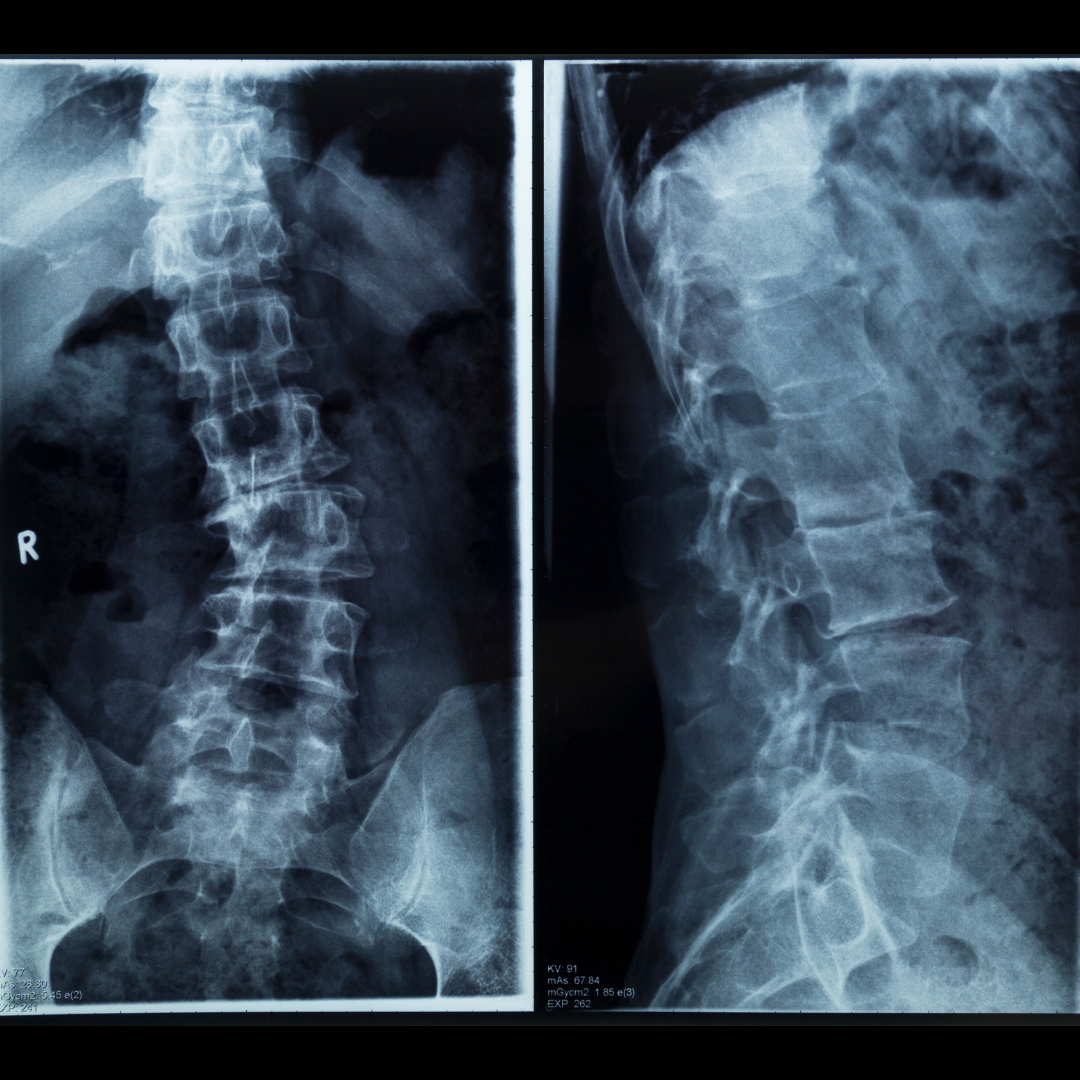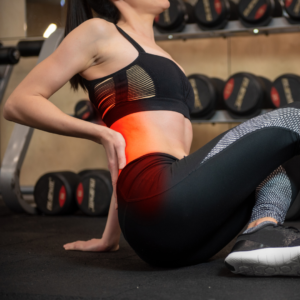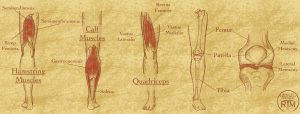Scoliosis is a condition characterized by an abnormal curvature of the spine, which can be either in the shape of an “S” or a “C”. This condition affects approximately 3% of the population worldwide, with females being more affected than males. While some cases of scoliosis are mild and do not require treatment, severe cases can be detrimental to physical health if left untreated. In Defying the Curve: Treating Scoliosis, we will discuss the causes of scoliosis, its potential consequences if untreated, and the role of exercise and physical therapy in its treatment.
Causes of Scoliosis
There is no single cause of scoliosis. In some cases, it can be due to congenital factors, meaning the individual was born with a spine that did not develop properly. In other cases, it can be due to neuromuscular conditions such as cerebral palsy, muscular dystrophy, or spinal cord injuries. Idiopathic scoliosis is the most common form of scoliosis and occurs in individuals with no known underlying conditions. In idiopathic scoliosis, the cause is unknown, but it is believed to be due to a combination of genetic, environmental, and hormonal factors.
Consequences of Untreated Scoliosis
If left untreated, scoliosis can lead to a variety of physical health issues. These can include chronic back pain, decreased lung capacity, difficulty breathing, and heart problems. One study found that individuals with severe untreated scoliosis had a higher mortality rate than those with mild scoliosis or those without scoliosis at all. The study also found that the risk of developing a heart condition increased with the severity of the scoliosis.
The Role of Exercise and Physical Therapy in Treating Scoliosis
While scoliosis cannot be completely cured, exercise and physical therapy can help improve symptoms and alleviate pain. The goals of exercise and physical therapy in scoliosis treatment are to strengthen the muscles surrounding the spine, improve spinal mobility, and correct postural imbalances.
Physical therapy can be particularly effective in treating scoliosis in children and adolescents. In one study, participants with mild to moderate idiopathic scoliosis underwent a 6-month physical therapy program, which consisted of a combination of exercises and bracing. The results showed that physical therapy was effective in reducing the progression of scoliosis and improving spinal curvature.
In addition to physical therapy, exercise can also be beneficial in treating scoliosis. Specifically, exercises that target the core muscles, such as planks, side planks, and bridges, can help strengthen the muscles surrounding the spine and improve posture. Stretching exercises, such as the cat-cow stretch or the child’s pose, can help improve spinal mobility and reduce pain.
Results Physical Therapy’s Online Scoliosis and Back Pain Workshop
Thank you for reading Defying the Curve: Treating Scoliosis. If you’re experiencing back pain, Results Physical Therapy is hosting a free online Scoliosis and Back Pain Workshop on June 6th from 5:30pm – 6:30pm. This workshop will provide information on the causes of back pain and offer practical tips on how to identify these conditions. The workshop will be led by a master physical therapist with 40 years of experience and is open to anyone who is interested in learning more about back pain and improving their quality of life.
To register, visit resultsrehab.com/workshops/ .




